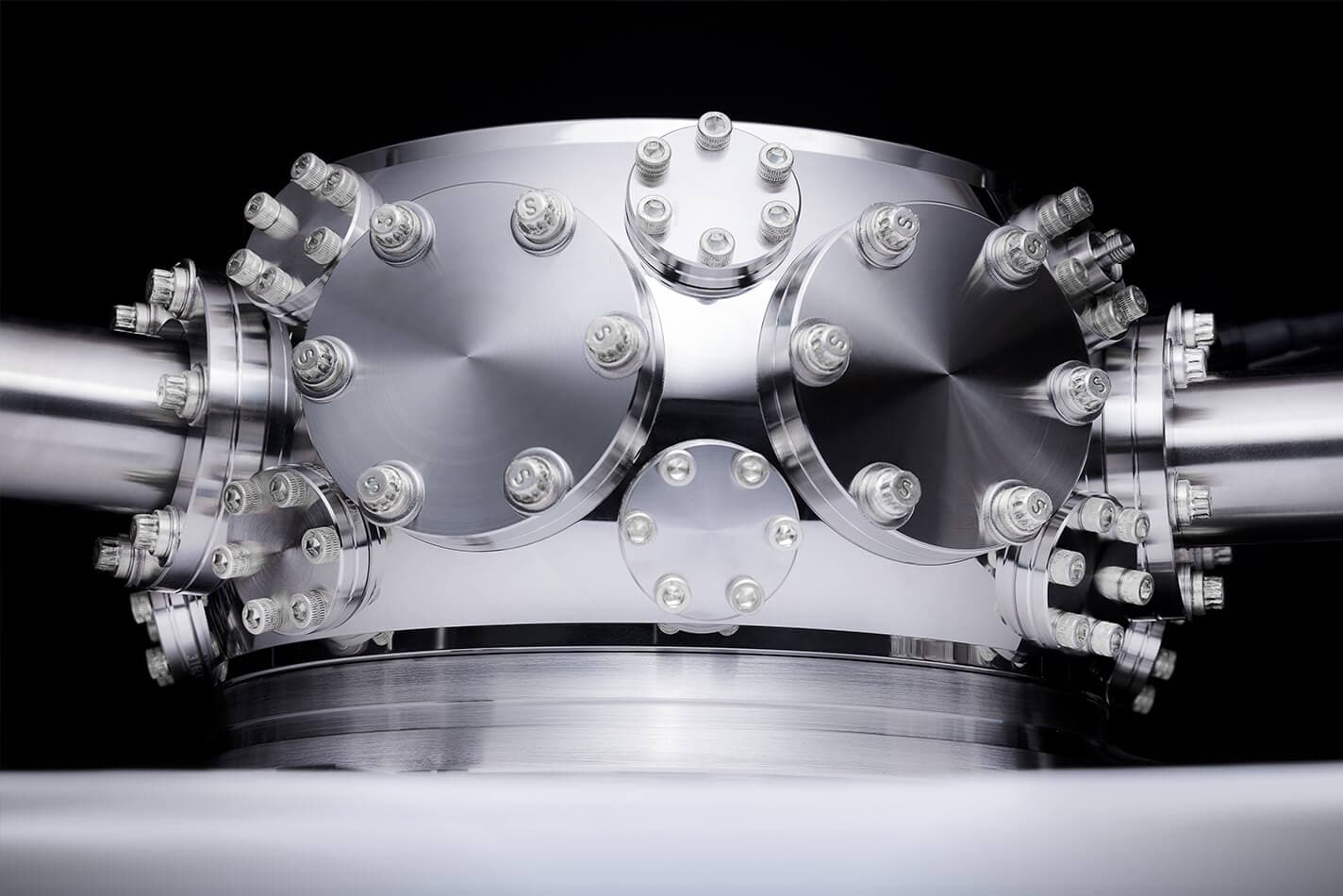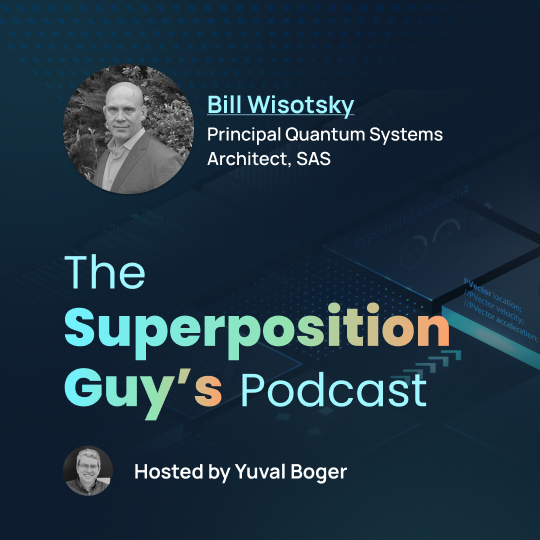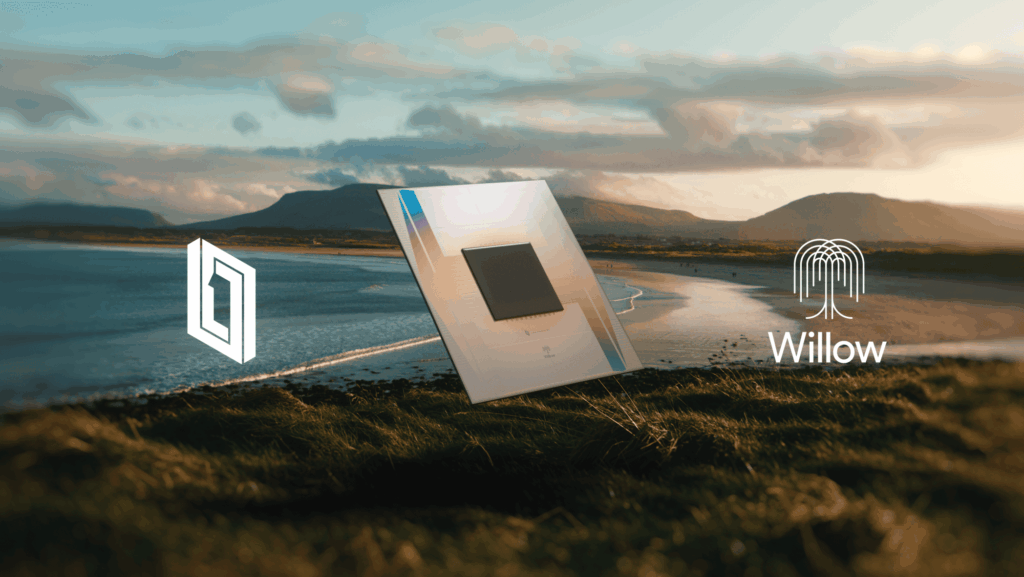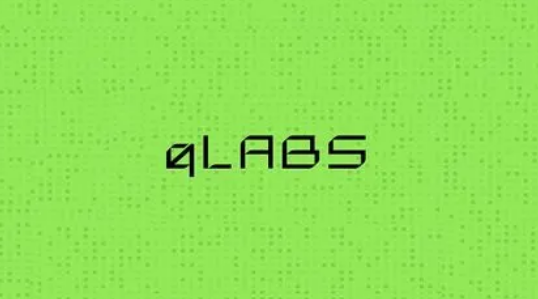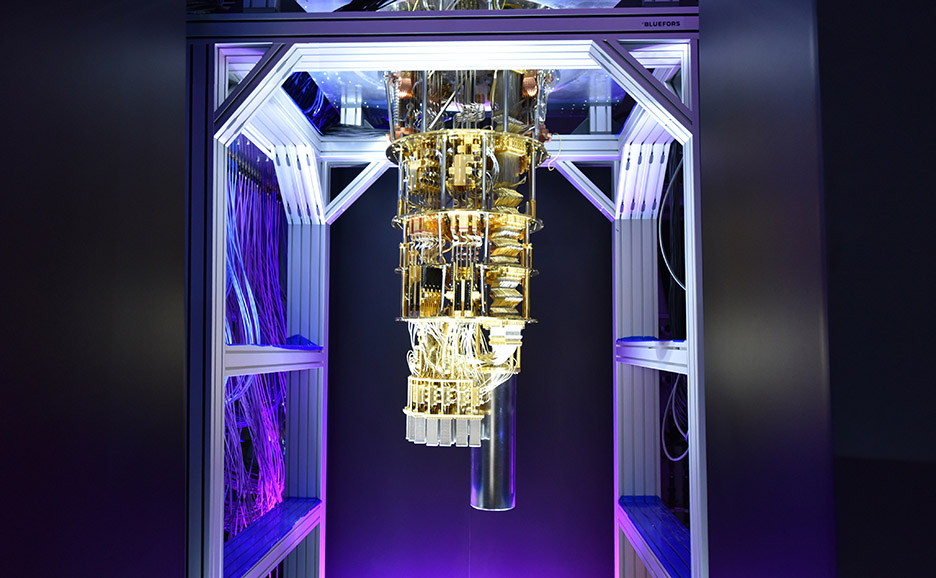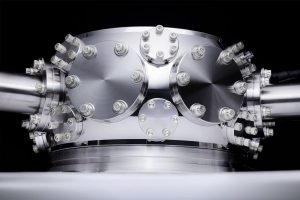
The Honeywell Quantum team report in a company statement that they achieved a Quantum Volume of 128 on their Quantum Computer in late September 2020.
They added that they expect that his achievement, along with future increases in the capabilities of quantum computers will help customers achieve results “beyond what they thought was possible.”
“Honeywell has made a commitment to shape and accelerate the development of Quantum Computing and bring its power to our customers,” said Tony Uttley, President of Honeywell Quantum Solutions. “Our differentiated technology, exemplified by the high-fidelity and fully-connected qubits with mid-circuit measurement and qubit reuse, enables our customers to push the frontier of quantum computing applications. And what is really exciting is that this is still just the beginning.”
Quantum volume is a metric that measures the performance of a quantum computer’s capabilities and error rates.

They added the following details:

The plot above shows the heavy outcomes for Honeywell Quantum Solutions’ tests of quantum volume and the dates when each test passed. All tests are above the 2/3 threshold to pass the respective Quantum Volume. Circles indicate heavy outcome averages and the violin plots show the histogram distributions. Data colored in blue shows system performance results and red shows modeled, noise-included simulation data. White markers are the lower 2-sigma error bounds.
The system successfully passed the Quantum Volume 128 test outputting heavy outcomes 71.78% of the time, which is above 2/3 threshold with 99.934% confidence. The average single-qubit fidelity is 99.97(1)% and the average two-qubit gate fidelity is 99.54(7)% with fully-connected qubits.

The plot above shows the individual heavy outcomes for each Quantum Volume 128 run. The blue line is an average of heavy outcomes and the red line is the lower 2-sigma error bar which crosses the 2/3 threshold after 186 circuits.
Its systems are accessible directly through Honeywell or through Microsoft Azure Quantum. In addition to offering high-fidelity, fully-connected qubits, our system features a unique mid-circuit measurement capability, which enables users to explore new classes of algorithms and to greatly reduce the number of qubits needed for certain algorithms.
If you found this article to be informative, you can explore more current quantum news here, exclusives, interviews, and podcasts.

